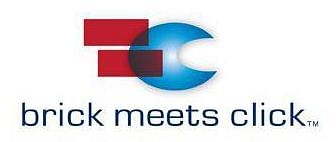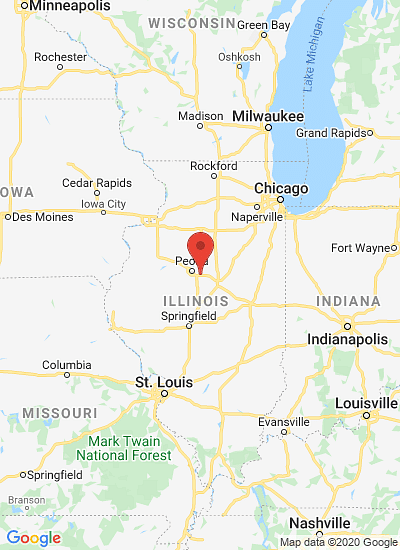One of the findings in the new Brick Meets Click Grocery Ecommerce Supermarket Scorecard Report is that 85% of online transactions include produce. Shown above is an online offer for packed potatoes at Walmart.ca
主标签
Growth in Online Grocery Shopping is Accelerating and Most Orders include Produce

Online grocery purchases average 3.4% of total store sales for supermarkets offering the service. However, this number jumps to 5.2% of total sales for those retailers who have had the service for at least 4 years.
This is one of the key findings in the new Brick Meets Click Grocery Ecommerce Supermarket Scorecard Report.
These results show that ecommerce is becoming an important contributor to supermarket sales.
This growth in supermarket ecommerce comes just as the online grocery battle between Amazon and Walmart is intensifying.
David Bishop, Partner at Brick Meets Click and lead author of the report:
“The good news is that supermarket ecommerce growth was happening even before Amazon announced their purchase of Whole Foods.”
“And the rapid deployment of a number of different Walmart initiatives reveals that the company considers online grocery an important gateway to their ecommerce growth.”
“The increased competition in grocery is not just putting pressure on supermarkets to get into ecommerce; it’s requiring that they be good at it, too.”
Methodology
The updated Scorecard report is based on the online transactions that took place during the 4-week period ending March 31, 2017, at nearly 200 stores operated under 26 different retail banners - all but one operating in the United States. The exception was a Canadian retailer.
The scorecard provides benchmarks that give organizations visibility into ‘how they compare’ and also insights to help both retailers and brands build their online sales.
Inquiries about the Report

Brick Meets Click
Steve Bishop, Manager Partner and Co-founder of Brick Meets Click:
“While some food retailers have moved cautiously into ecommerce, adoption is now accelerating, driven partly by the increased share of households who are regularly buying groceries online.”
“This research found that 24% of shoppers bought groceries online in the last 30 days, up from 22% two years ago.”
Other signs of accelerating adoption include the average number of online transactions per store is up almost 20% from last year and total online sales are growing year over year at over 25%.
Confidence in online grocery shopping
Customer confidence in online grocery is also growing.
The average size of supermarket online transactions – $148 according to the recent Brick Meets Click research – shows that customers are comfortable buying a broad range of grocery products online; the average value of customer orders increased over the previous year by more than 5%.
Type of products ordered
This growth is based on households buying a wide range of food items online from supermarkets. While it was expected that the share of online transactions would be high in edible grocery, dairy, and frozen, it was more surprising that:
- About 85% of online transactions included produce items
- Meat/seafood and deli were found in more than 66% of the transactions.
- Bakery was found in almost 50% of the transactions
Fulfillment methods
Turning to fulfillment methods, 66% of the stores offered only pickup, 2% offered only delivery, and 32% offered both options.
When stores offered both options, delivery was most popular; 74% of orders were delivered versus 26% picked up.
Opportunities for growth
The report also identifies opportunities for improvement and growth. One of those areas involves recovering lost sales – sales that were lost because an item that was ordered was not in stock and no substitute was available.
The average banner experienced 3.3% loss in online sales.
- Edible grocery had lost sales of 3.6%, but because of the size of this category it generated 38% of all lost sales.
- General merchandise experienced the highest rate of lost sales – 8.5% – but generated just 2% of the total lost sales as the department under-indexes for grocers online versus in-store.










